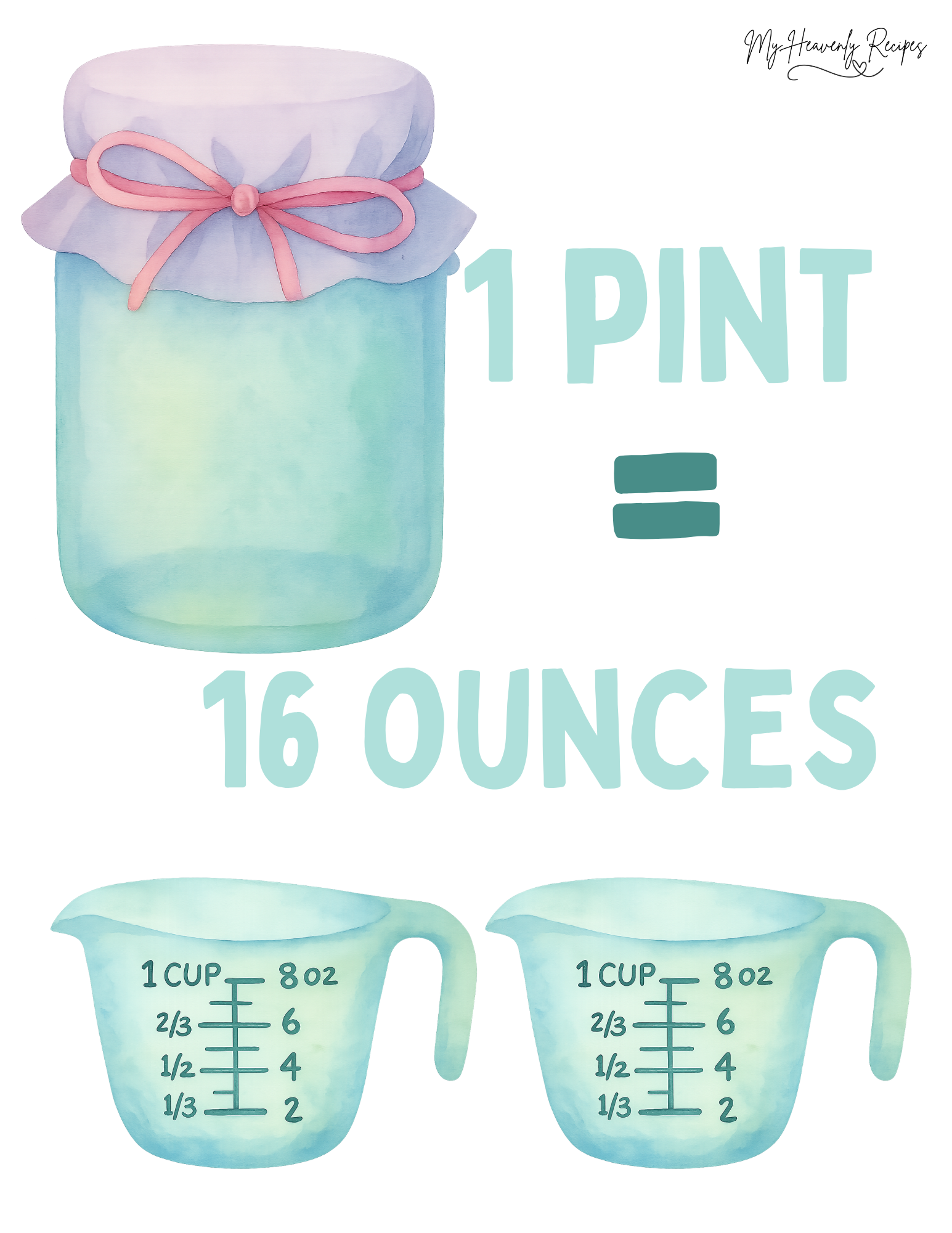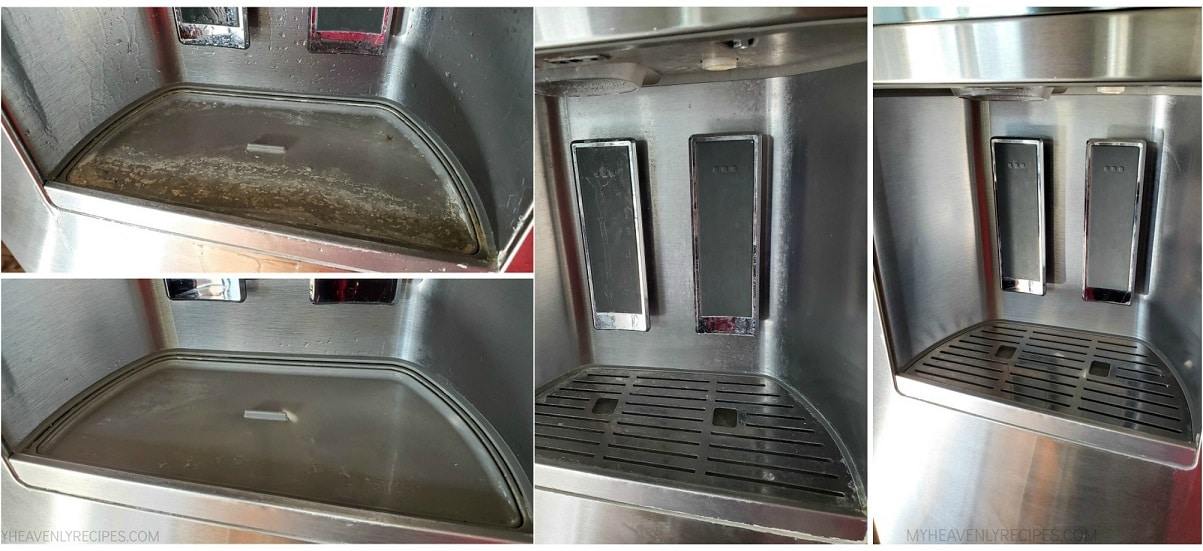How to Soften Cream Cheese (5 Ways!)
Easiest Ways to Soften Cream Cheese
If you’ve ever gone to make cheesecake, frosting, or even a simple dip and realized your cream cheese is still rock-hard from the fridge, you’re not alone. We’ve all been there—standing in the kitchen, holding a cold brick of cream cheese, wondering how to make it soft now, not in an hour.
The good news? You’ve got options. Whether you have a few seconds, a few minutes, or a little time to spare, there’s a method to get that cream cheese perfectly soft, smooth, and spreadable without melting it into a puddle.
Let’s go over exactly how to soften cream cheese—five simple methods that always work. Check out our tips on how to soften butter quickly, too!

Why You Need Softened Cream Cheese
Cream cheese straight from the fridge is dense and firm, which is great for slicing, but not for mixing. Most recipes that use cream cheese—like cheesecakes, dips, or frosting—require it to be softened so it blends smoothly and evenly.
If it’s too cold, you’ll end up with:
- Lumpy frosting or cheesecake batter
- Uneven texture
- Difficulty mixing with other ingredients
The right softness makes all the difference—especially for creamy, dreamy desserts.
The Quick Answer
The easiest way to soften cream cheese is to let it sit at room temperature for 30–60 minutes.
But if you’re short on time, don’t worry—you can soften it in the microwave, warm water, or even by cutting it into smaller pieces to speed things up.
5 Easy Ways to Soften Cream Cheese
1. The Room Temperature Method (The Classic Way)
Best for: Planning ahead
Time: 30–60 minutes
Simply remove the cream cheese from the fridge, take it out of its box, and set it (still in the foil) on the counter. After about 30 minutes, it’ll be soft enough for most recipes. If your kitchen is cool, it might take closer to an hour.
Tip: To speed things up slightly, remove the foil and place the cream cheese on a plate, then cover loosely with plastic wrap. Air circulation helps.
2. Microwave Method (Fastest Way)
Best for: When you’re in a hurry
Time: 15–30 seconds
- Unwrap the cream cheese completely and place it on a microwave-safe plate.
- Heat on 50% power for 15 seconds.
- Check the texture—if it’s still too firm, flip it over and heat another 10–15 seconds.
It should feel soft but not melted. If you overdo it, you’ll end up with a runny mess, so go in short bursts.
Tip: For easier control, cut the block into smaller chunks before microwaving.
3. Warm Water Bath Method
Best for: Softening while still in foil
Time: 10–15 minutes
- Fill a bowl with warm (not hot) water.
- Place the unopened foil-wrapped cream cheese block into the bowl.
- Let it sit for about 10 minutes, flipping halfway through.
The gentle warmth softens the cream cheese evenly without overheating it.
Tip: Don’t use boiling water—too much heat can cause the texture to separate.
4. Cut Into Cubes Method
Best for: Gradual softening or combining with other methods
Time: 10–15 minutes
- Unwrap the cream cheese and cut it into small cubes (about 1-inch pieces).
- Spread the cubes out on a plate and leave them at room temperature.
Because smaller pieces warm faster, this method can cut softening time in half. You can also combine it with the microwave method for ultra-fast results.
5. Mixing Method (For Baking Emergencies)
Best for: When you’re mid-recipe and forgot to soften
Time: 5 minutes
- Cut the cream cheese into cubes.
- Place the cubes in a mixing bowl.
- Beat with an electric mixer on low for 1–2 minutes.
- Let it rest for a few minutes, then beat again until smooth.
The friction and air from mixing will gradually soften it. It’s a lifesaver when you realize at the last second that you need softened cream cheese.
Softening Cream Cheese: Comparison Chart
| Method | Time Needed | Best For | Notes |
|---|---|---|---|
| Room Temperature | 30–60 min | Planning ahead | Easiest and most natural way |
| Microwave | 15–30 sec | When you need it now | Use short bursts at 50% power |
| Warm Water Bath | 10–15 min | Still in foil, even softening | Flip halfway for best results |
| Cut Into Cubes | 10–15 min | Fast, consistent softening | Combine with other methods |
| Mixer Method | 5 min | Mid-recipe emergencies | Great for frostings or batters |
How to Tell When It’s Soft Enough
You’ll know your cream cheese is ready when:
- You can easily press a finger into it, and it leaves a slight indentation
- It feels pliable but not melted or greasy
- It blends smoothly with other ingredients without lumps
If it’s too soft or partially melted, refrigerate it for 5–10 minutes to firm it back up slightly before using.
Common Mistakes to Avoid
- Overheating in the microwave. It can turn the edges runny while the center stays firm. Always use half power and short intervals.
- Using boiling water. Too hot, and the cream cheese can separate or curdle.
- Forgetting to unwrap first. If you microwave it in foil, you’ll have a real mess (and possibly sparks). Always remove all packaging first.
- Not softening enough. Cold cream cheese won’t blend smoothly and can leave lumps in your batter or frosting.
Frequently Asked Questions (FAQ)
Q: How long can cream cheese sit out to soften?
A: About 2 hours is safe at normal room temperature. After that, it’s best to refrigerate it again to avoid spoilage.
Q: Can I soften cream cheese in the oven?
A: Technically, yes, but it’s risky. Even a low oven can heat unevenly. If you try it, use the warm setting and keep an eye on it every few minutes.
Q: What if I accidentally melted my cream cheese?
A: Don’t worry—it’s not ruined. You can chill it in the fridge for 10–15 minutes to firm it back up slightly. It won’t be perfect for frosting, but it’ll still work for most recipes like dips or sauces.
Q: Can I use whipped cream cheese instead of softened block cream cheese?
A: Yes, but remember that whipped cream cheese is lighter and already aerated, so you may need slightly more by volume to match the density of a block.
Q: Why does my cream cheese still have lumps after softening?
A: It may not have softened enough or wasn’t mixed long enough. Use a hand mixer to beat it smooth before adding other ingredients.






